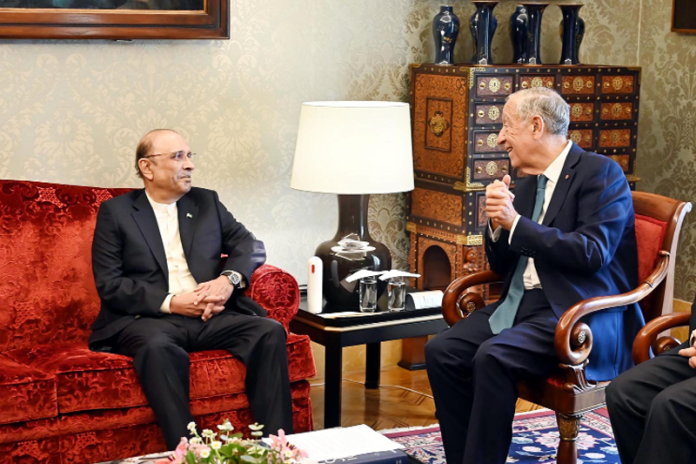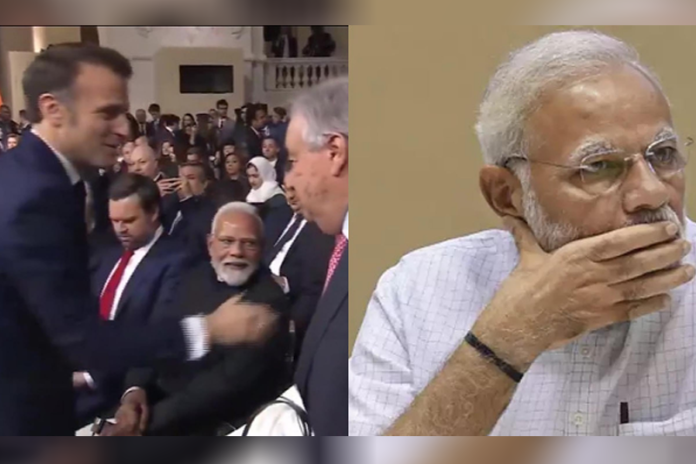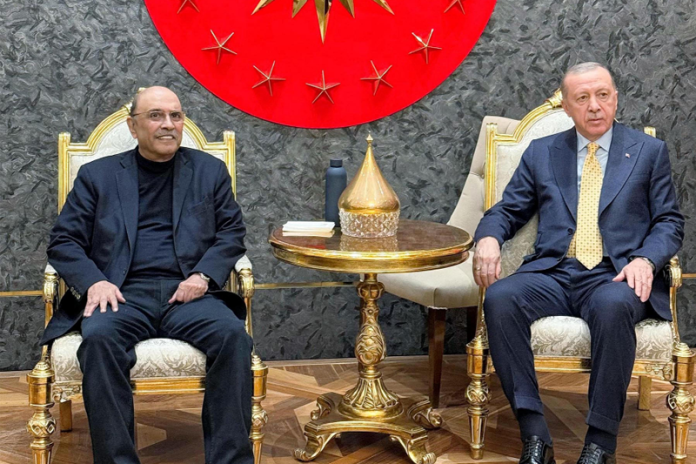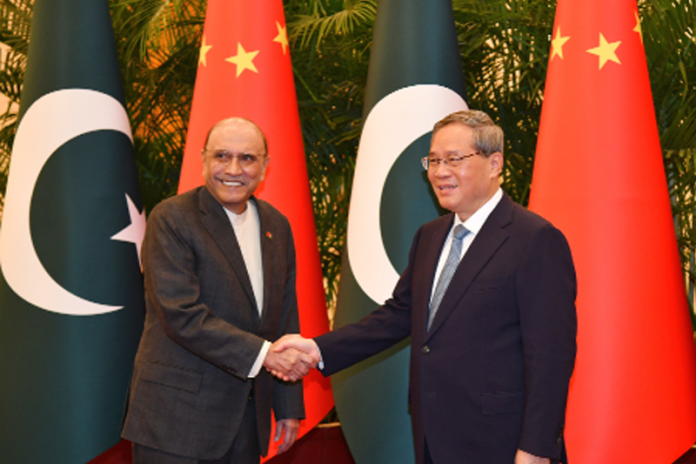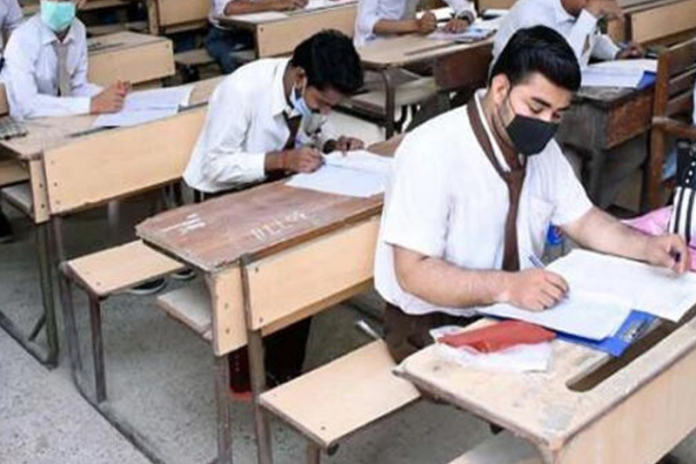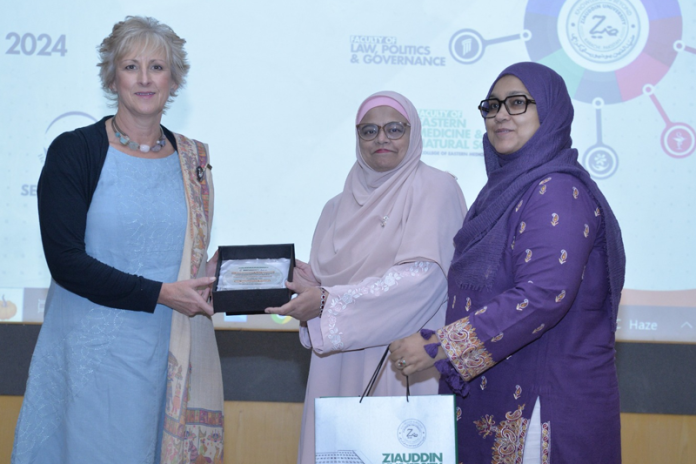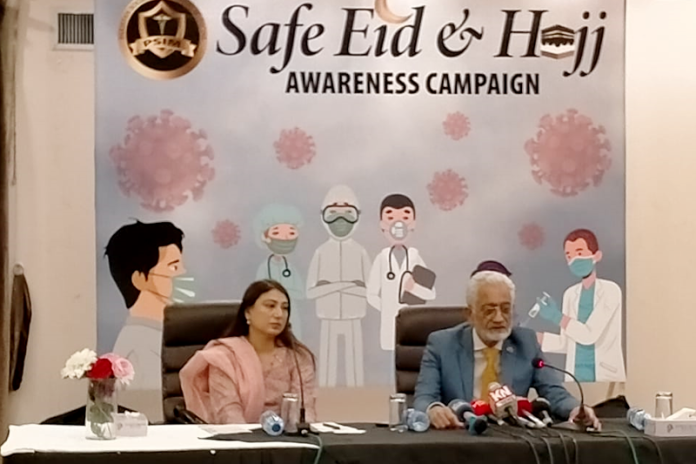Mixed-gender education

- 245
- 0
Co-education (abbreviated to co-ed), also known as mixed-gender/sex education, means the education of boys and girls in the same educational institution and at the same time. In the primary stage, co-education has been the rule in all countries. In the university also, it is nowadays prevailing almost everywhere. It is also felt that university students who have attained age and developed intelligence and a proper sense of their duties and responsibilities should be treated as matured and responsible citizens. Being Muslim and a Pakistani, in this article, I would discuss the pros & cons of co-education system and its worth in the eyes of Islam.
Getting an education is considered a fundamental right of every man and woman and it is a virtue to get educated. But if we talk about coeducation in the context of hadith and ayah of the Holy Qur’an it may cause harm. Islam does promote modesty and Haya. The importance of Haya (modesty) can be found in Sahih ahadith. If both genders in coeducation retain modesty and Haya which has been explained by Islam then it is not haram to be in coeducation.
Knowingly, we are aware of the fact that Islam prohibits wrong deeds including any environment which gathers male and female together for years. In the same way co education is not supported by Islam. In this pious religion, boys and girls should not mingle unnecessarily. However, in our country which demonstrate its culture to be moderate and regardless of being Muslims follows the west culture and appreciates co-education system but these people are a drop in an ocean in our society that is why, so many parents still don’t want to send their children specially girls in mixed environment. Pakistan is an Islamic Republic and, accordingly, all the prevalent laws in our country correspond to the Islamic system of governance. However, no department or institution of Pakistan complies fully with Islam. According to a survey taken on April 2010, 79% of the parents do not want their children to be sent to the co educational institutions. Obviously, the reason is their religion and societal culture. If the most perfect religion disallows this system, then there must have been a strong reason for it.
Undoubtedly, Islam builds its strategy to protect women. Islam raises the status of women that is why it strictly disallows the system where in there is a chance to hurt the delicacy of Haya, but unfortunately, some feminist denies the beauty of Islam and want to bring the culture of western countries. The environment in a coeducation institution invites manifold evils. Girls and boys grouping together, swapping mobile numbers and email addresses and connections being established outside the college premises creates opportunities of sin. In addition, on occasions of picnics, fairs and concerts etc, they go collectively, get naps together, and are occupied in all forms of entertainment.
The delinquent of co-education is a debatable subject. At this stage students are in their adolescence; free mixing between the sexes in this period of life, it is held, may disturb the normal development of their mind. This is more so, as at this stage the students are apt to be emotional and excitable.
A number of studies have been done researching the effects of coeducation and single-sex education. For years, a question many educators, parents, and researchers have been asking is whether or not it is academically beneficial to teach boys and girls together or separately at school. Some argue that coeducation has primarily social benefits, allowing males and females of all ages to become more prepared for real-world situations, whereas a student that is only familiar with a single-sex setting could be less prepared, nervous, or uneasy. In my opinion, there is no harm if boys and girls sit together in the primary level provided the teachers are women, though little boys sometimes object most strongly to having girls sitting on the same benches with them.
However, without a shadow of a doubt at certain ages, students may be more distracted by the opposite sex in a coeducational setting. This distraction may affect how often a student is willing to raise his or her hand in class and urge students to be less focused on the lesson. Girls may have lower, more traditional aspirations and may choose occupations that tend to be more traditional in nature as opposed to science-related occupations. According to advocates of coeducation, without classmates of the opposite sex, students have social issues that may impact adolescent development. They argue that the absence of the opposite sex creates an unrealistic environment not duplicated in the real world. Some studies show that in classes that are separated by gender, male and female students work and learn on the same level as their peers, the stereotypical mentality of the teacher is removed, and girls are likely to have more confidence in the classroom than they would in a coeducational class.
However, I deny this because all the way of my childhood, I studies in a single environment and by the grace of Almighty, I feel more active, bold and confident rather than those who were victimized by co-education system. By the time, I also got education in a co-education environment but in the limits prescribed in our true religion. Some relaxations are provided by our greatest religion in case of any emergency and need. Taking the examples of the countries in which people are faced with free mixing in most areas of life, especially in educational institutions and work places, there is a concession granted to them in that regard which is not granted to others, based on the principle that “whatever is prohibited so as to bar the means that may lead to evil may be permitted in cases of necessity and were doing so serves a greater interest.” However, care should be taken to guard one’s tongue, lower one’s gaze and avoid anything that may be a cause of temptation.
Likewise, this example would clear the concept that if a woman goes to a male doctor to treat her, when there is a female doctor in the same specialty. First and foremost, it will be noted that If the specialty is the same, and the man and the woman are equal in terms of their skill level, then a woman should not go to the male doctor, because there is no need to do so. But if the man is more skilled than the woman, or more specialised, then there is nothing wrong with the woman going to him, even if there is a female doctor, because this is a case of need, and in case of need such things are permissible.
Our mother Hazrat Ayesha RA taught hadith to our sahaba kara’am in pardah. Abu Musa al-Ash’ari says:”Never had we (the companions) had any difficulty for the solution of which we approached Aisha and did not get some useful information from her”. This quoted hadith surely cleared the concept that it depends on us either we make halal or haram. and the verse 30-31 of surah nur has explained us the right thing.
Published in The Daily National Courier, December, 07 2022
Like Business on Facebook, follow @DailyNCourier on Twitter to stay informed and join in the conversation.











